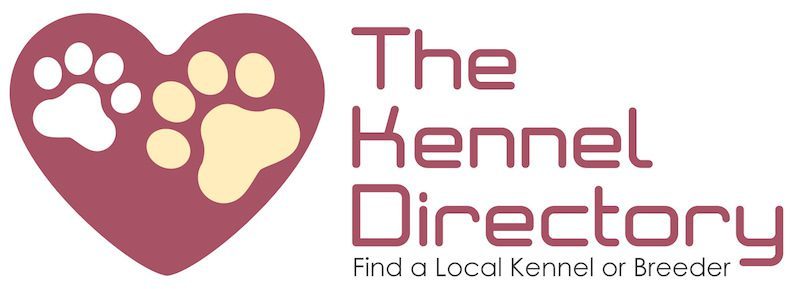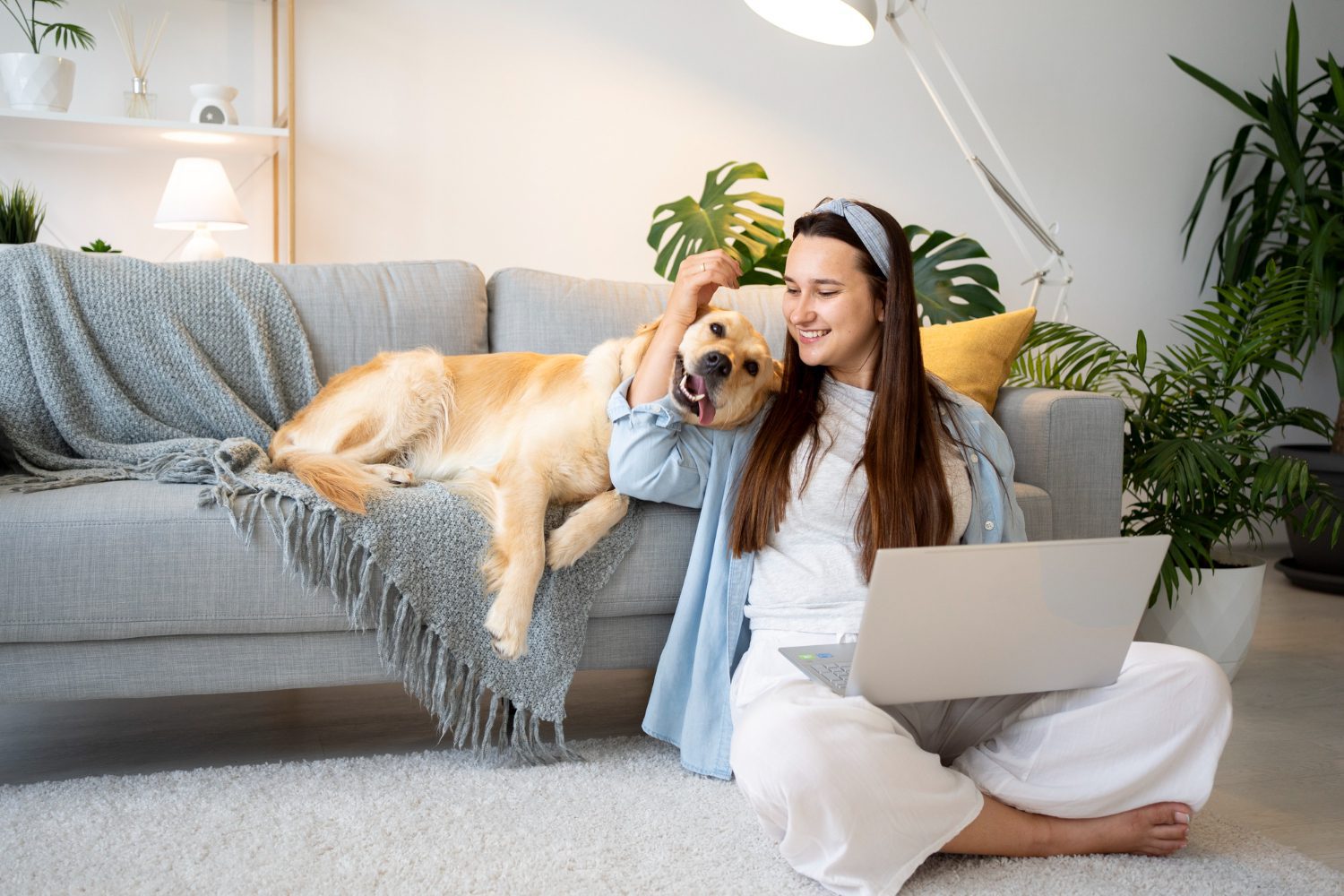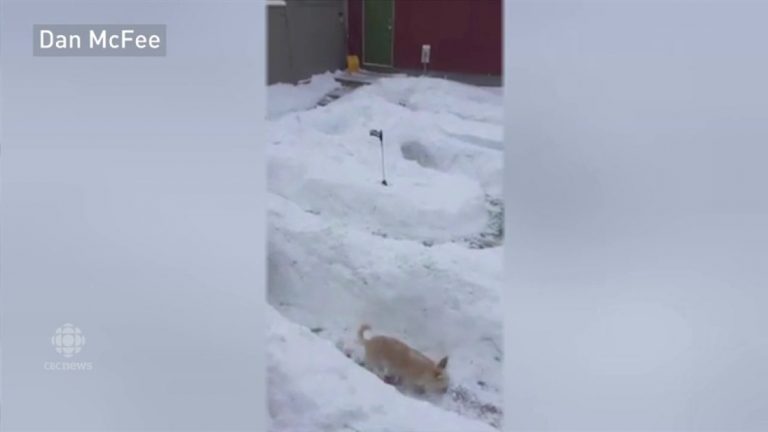A Dog-Friendly Home on a Budget: Small Fixes That Go a Long Way
A dog doesn’t need much to be happy — a patch of sun, a cool breeze, a little room to roam. But if you’re trying to make your home or yard more accommodating without spending thousands, it’s easy to feel stuck between your dreams and your budget. The good news? A few focused upgrades can make your space safer, more comfortable, and a lot more tail-wagging friendly.
Create Shade With What You’ve Got
Dogs overheat fast, especially in backyards without much cover. And while a custom pergola might be out of reach, you’d be surprised how far a little creativity can go. You can tension a colorful awning between trees, string up old sailcloth with carabiners, or even train a fast-growing vine over a repurposed trellis. These kinds of low-cost shade setups don’t just keep your dog cool — they give you a better spot to hang out, too. With a couple of well-placed hooks and anchors, you’ve got a shady zone that beats the heat without breaking the bank.
Swap Out Grass for Safer Ground Cover
If your yard’s grass is patchy, muddy, or a magnet for weeds, consider switching to something more forgiving. Certain low-growing plants hold up better under paws and play, and they’re often easier on allergies and maintenance, too. A red creeping thyme lawn might seem indulgent, but it smells great, doesn’t need mowing, and can handle traffic surprisingly well. Plus, it’s safer than fertilizers or pesticides — which are common risks in conventional lawns. Mulch can also work, though steer clear of cocoa mulch, which is toxic to dogs. With the right ground layer, your dog can roll around all day without bringing half the yard back inside.
Fix Hazards Before They Matter
Dogs are fast learners, but also fast explorers — and electrical hazards are one place you don’t want them learning by experience. That means elevating outlets, hiding wires, and in many cases, asking the right questions of someone who knows what to look for. Using an app to connect with licensed pros makes it easier to upgrade outlets, fix wiring, or even rethink layout without guessing. A few smart conversations can make all the difference in staying ahead of potential risks. Here’s how to ask your electrician the right questions before the work begins.
Rethink What You’re Growing
Many well-loved garden staples — lilies, azaleas, sago palms — can seriously harm dogs if chewed. So if you’ve got a curious sniffer around, it’s worth walking your yard and making swaps. You don’t need to sacrifice greenery. There are dog‑safe plants to grow that are colorful, fragrant, and completely non-toxic, like marigolds, snapdragons, and rosemary. You’ll avoid an emergency vet bill and still get a beautiful, thriving space. Most importantly, you’ll be able to trust that your dog’s garden strolls are just that — not accidental poison runs.
Build an Agility Zone Without the Cost
If you’ve ever watched your dog zoom through the living room like it’s an obstacle course, why not give them one outside? Building a simple DIY obstacle course out of PVC, old wood planks, and dollar-store cones can be a weekend project that pays off in daily play. It doesn’t have to look like a competition course — think tunnels made from collapsible laundry hampers, or a basic balance beam from a 2×4. You’re giving your dog a reason to run, climb, and think. And you’re turning a plain yard into something that asks a little more of their brain.
Fence Smart, Not Expensive
A solid fence is often the biggest-ticket item in any dog-friendly yard, but there are workarounds that don’t involve hiring contractors or digging postholes. If your dog isn’t a jumper or digger, inexpensive fencing ideas for dogs like garden mesh or lattice panels can offer just enough of a visual and physical boundary to keep things calm. Portable fences and exercise pens also work for renters or folks with HOA restrictions. The goal isn’t to build Fort Knox — it’s to give your dog a clear edge of their world, so they can relax.
Make an Indoor Rainy-Day Retreat
You don’t need a huge house to build in some canine comforts. Turn a corner of your laundry room or mudroom into a DIY indoor sensory area using old cushions, scent toys, or a filled treat mat. It’s not about keeping your dog entertained all day — it’s about giving them a fallback zone that feels like theirs. Especially in colder months or rainy spells, dogs get stir-crazy fast. This little setup helps curb restlessness and signals to them that the house has space just for them, too.
Creating a dog-friendly space isn’t about expensive renovations or flashy gadgets. It’s about small decisions, stacked over time, that make your home more livable for everyone who shares it. With the right blend of comfort, safety, and stimulation, you’re not just building a better home for your dog — you’re building a better home, full stop.
Image by Freepik
Discover your perfect furry companion today at The Kennel Directory, where breeders, kennels, and families unite to make pet adoption a joyful experience!




